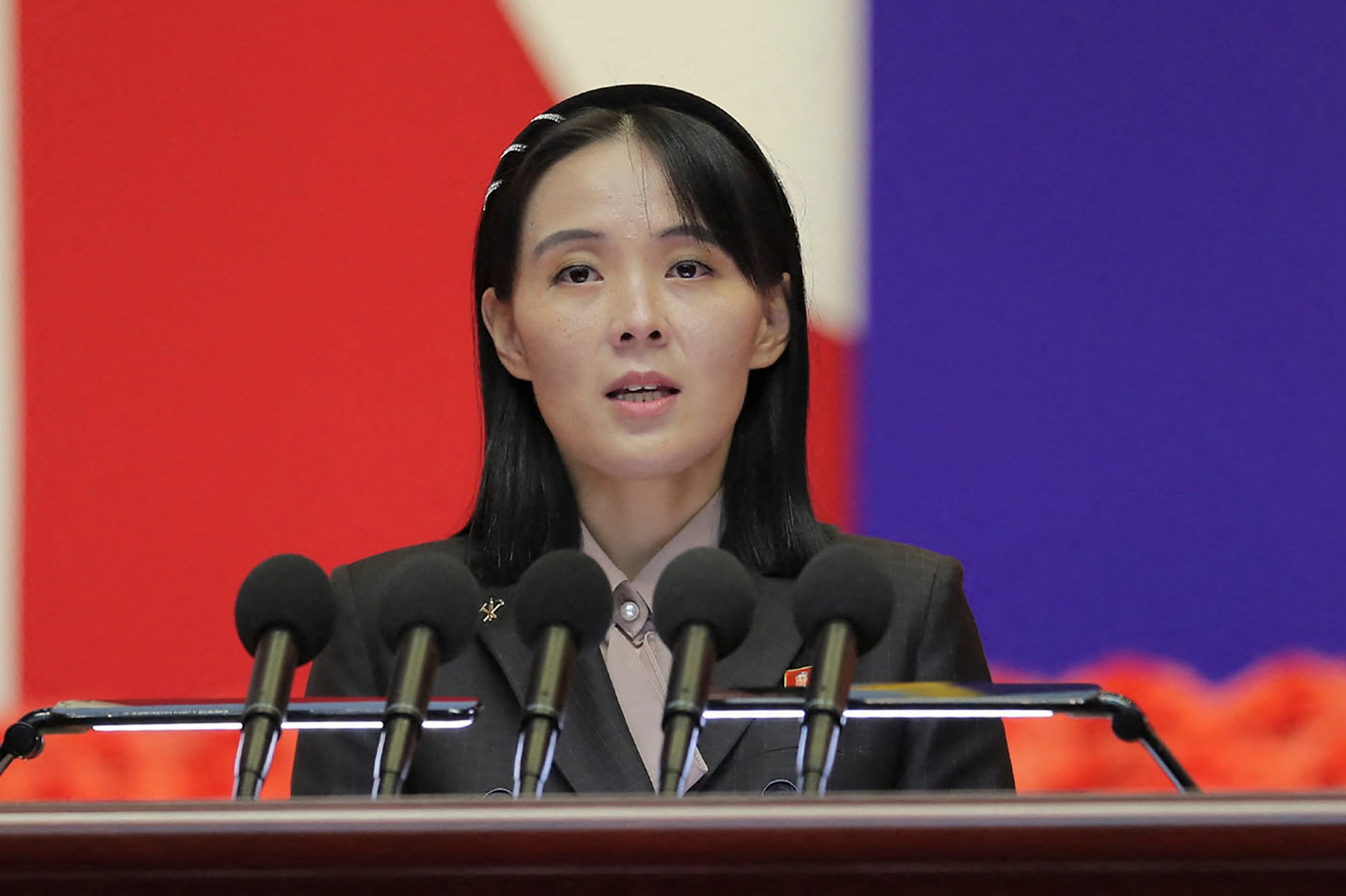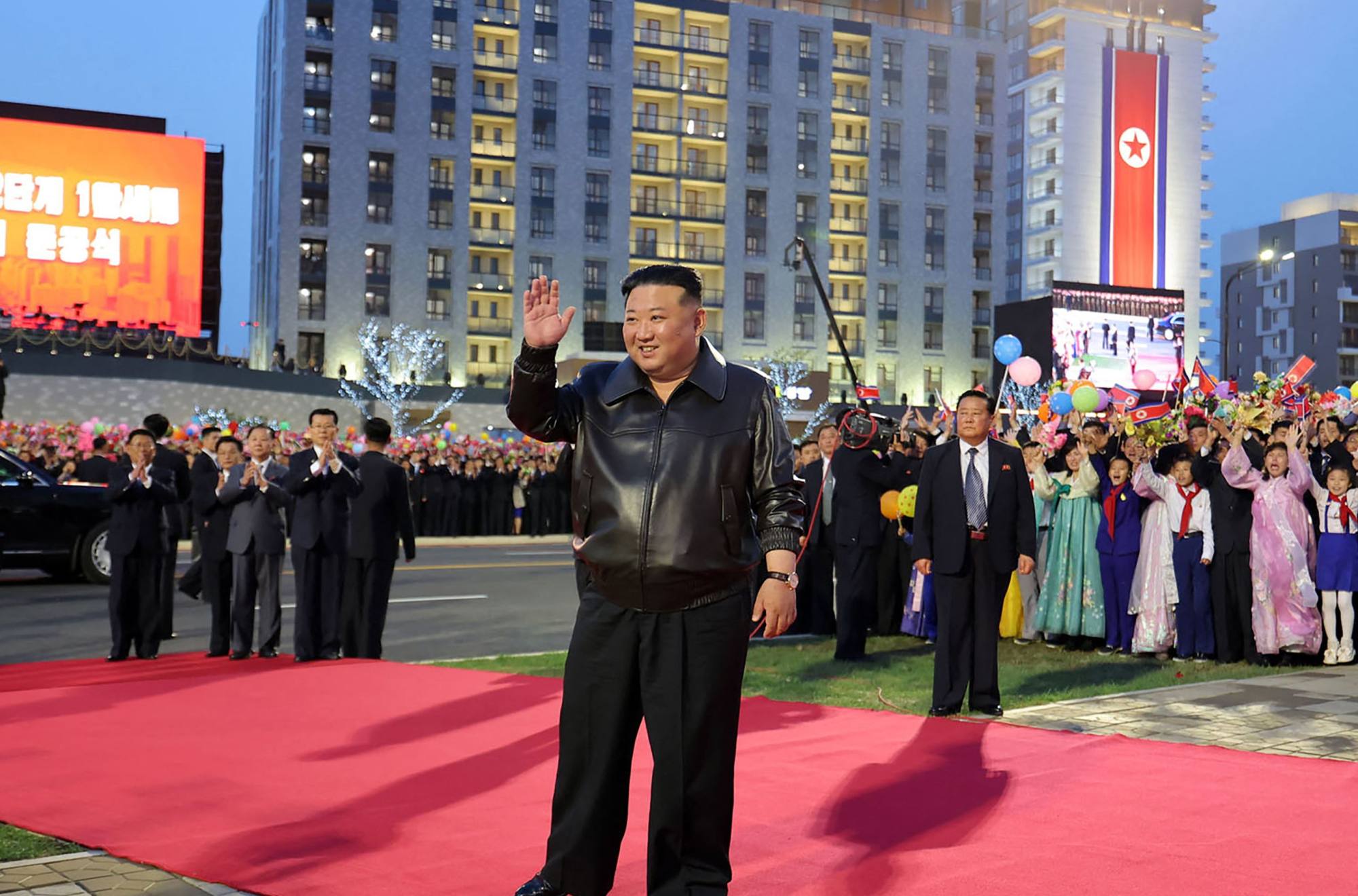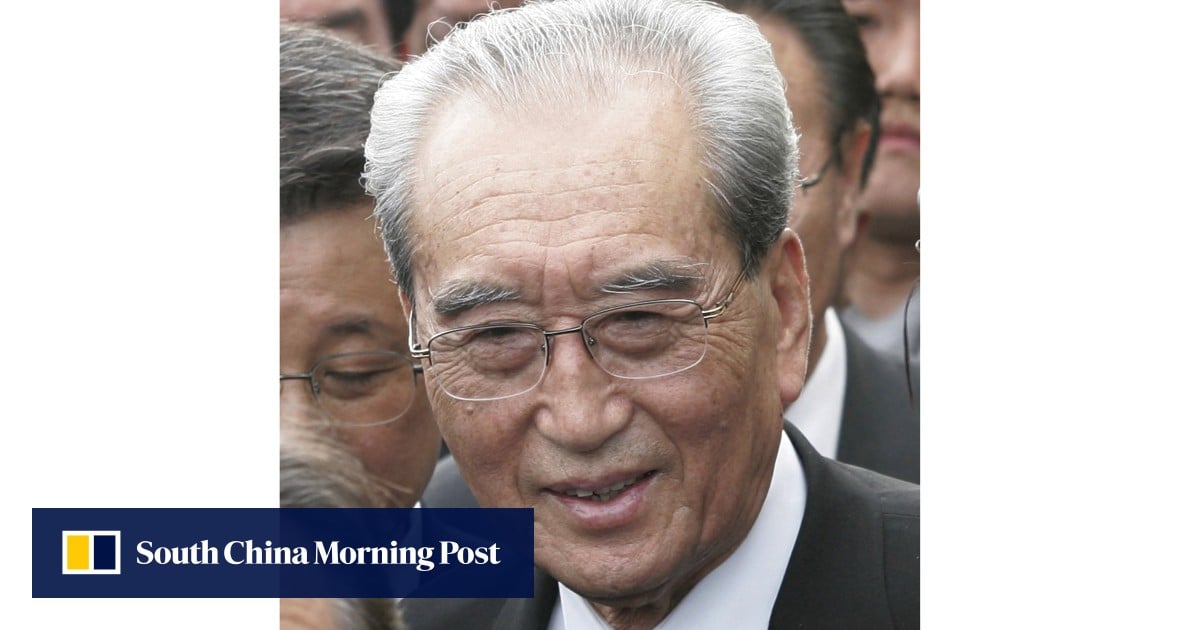“Kim Ki-nam was an elite career propagandist all his life, starting in the 1960s,” said Rachel Minyoung Lee, a senior fellow with the 38 North Programme at the Stimson Centre in the US.
“Kim Jong-un also trusted and relied on this propaganda veteran from his grandfather’s, and subsequently his father’s time, by keeping him in key propaganda positions for years before he retired from the propaganda scene in early 2019,” said Lee, who worked as an analyst for the CIA’s Open Source Enterprise for almost two decades.
Along with his role as the party secretary of the Information and Publicity Department – also known as the propaganda and agitation department – Kim Ki-nam was named the editor-in-chief of the state’s main newspaper, Rodong Sinmun, in 1976 and became chairman of the country’s journalist association, according to the North Korea Leadership Watch website.
His leading role in the party’s propaganda apparatus and guidance over media gave him extraordinary power to direct the state’s messaging on a daily basis. He also helped install Kim Il-sung’s long-standing principle of self-reliance, known as juche, and Kim Jong-il’s military-first ideal known as songun.

Kim Jong-il reappointed Kim Ki-nam as director of the department in May 2010, just months before Kim Jong-un made his official debut, which likely was aimed at helping to ensure a smooth transition of power, Lee said.
Perhaps the greatest measure of his influence is that North Korea is the only major family dynasty founded in the Cold War that has kept continuous power since the 1940s.
It justified economic struggles as a necessary sacrifice to build a nuclear arsenal that could prevent a US invasion, while blaming successive American presidents for using sanctions and financial coercion for stifling its growth. The US and its partners have offered North Korea the chance to take part in thriving economies in the region by getting rid of its nuclear-weapons programme, which the West has called an unnecessary expense that has made the country one of the poorest in the world.

Field visits became a staple of state propaganda, showing the leader visiting farms, factories and construction projects. This helped deflect blame for economic mismanagement from the Kim family, which was portrayed as deeply concerned about the smallest details of the state, and shift fault to cadres who failed to carry out the orders of the leaders.
Kim Ki-nam has also made a mark overseas. He led a delegation to South Korea when former President Kim Dae-jung died in 2009 and met with then South Korean President Lee Myung-bak. Kim Dae-jung made a historic visit in 2000 to Pyongyang to meet Kim Jong-il, raising hopes the divided peninsula could reconcile.
The last mention in state media of a public appearance for Kim Ki-nam was in 2021, when he was on a platform of prominent officials watching a parade of paramilitary forces to mark the 73rd anniversary of the country’s founding.
Kim Ki-nam is considered one of the most important figures in North Korean propaganda
Kim Jong-un paid his respects to Kim Ki-nam by visiting the funeral bier and felt “bitter grief over the loss of a veteran revolutionary who had remained boundlessly loyal to the cause of the WPK”, KCNA reported.
“Kim Ki-nam is considered one of the most important figures in North Korean propaganda,” said Cheong Seong-chang, a researcher at the Sejong Institute, said.

